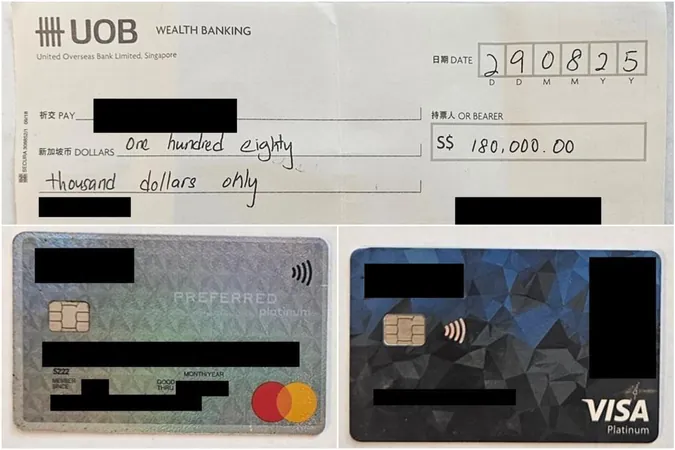
Revolutionary Progress in Type 1 Diabetes Management: Key Findings from a New Study
2025-08-11
Author: Sarah
Transformative Advances in Diabetes Care
A groundbreaking study from the Johns Hopkins Bloomberg School of Public Health reveals astonishing progress in how type 1 diabetes is managed, particularly through the adoption of continuous glucose monitoring and insulin delivery devices. Over a remarkable 15-year span, there has been a significant rise in optimal blood sugar control among both children and adults.
Diving Into the Data
The researchers harnessed a vast database of de-identified health records, analyzing nearly 200,000 individuals diagnosed with type 1 diabetes over various three-year periods from 2009 to 2023. Their findings show an extraordinary increase in the use of cutting-edge diabetes management technologies.
Soaring Rates of Optimal Control
From 2009 to 2023, the rate of children under 18 achieving optimal glucose control surged from a mere 7% to 19%, marking a staggering 171% increase. Meanwhile, adults also saw improvements, with their optimal control rates climbing from 21% to 28%, a 33% rise. This study relied on the HbA1c blood test, a critical indicator of glucose levels, which recommends results below 7% to prevent serious long-term complications.
Tech Adoption Skyrockets
The study highlights a phenomenal shift in technology utilization. The percentage of youth using continuous glucose monitoring devices exploded from 4% to an astounding 82%. Adults also embraced this technology, with usage rising from 5% to 57%. Insulin pump usage followed suit, increasing from 16% to 50% among youths and 11% to 29% among adults. The simultaneous use of both devices skyrocketed, demonstrating an evolution in how patients manage their diabetes.
A Call to Action for Continued Improvement
Dr. Michael Fang, the study’s first author, expresses optimism about these advancements, stating, “These big increases are exciting for the field,” attributing them to new technologies enhancing glucose control. Yet, he emphasizes that many patients still face challenges in achieving optimal control.
The Bigger Picture: Who Benefits?
The study uncovered disparities in technology adoption and glucose control based on race and insurance coverage, with non-Hispanic white individuals and those with commercial health plans showing higher rates of participation. As of the 2021–2023 period, 21% of non-Hispanic white youths achieved optimal glucose levels, compared to 17% of Hispanic and only 12% of non-Hispanic Black youths. Advocates call for policies that improve access to these lifesaving technologies.
Looking Forward: More Research Ahead
Despite the celebratory advancements, experts caution against complacency. Dr. Jung-Im Shin, the study's senior author, urges continued focus on the majority of type 1 diabetes patients who still struggle with management. The team plans further investigations into diabetes trends and complications like cardiovascular and kidney diseases.
In Summary
This study, entitled "Trends and Disparities in Technology Use and Glycemic Control in Type 1 Diabetes," highlights a new era of diabetic care, showcasing how technological innovations are transforming lives. Supported by leading health institutes, this research paves the way for future studies aimed at narrowing the disparities in diabetes management.



 Brasil (PT)
Brasil (PT)
 Canada (EN)
Canada (EN)
 Chile (ES)
Chile (ES)
 Česko (CS)
Česko (CS)
 대한민국 (KO)
대한민국 (KO)
 España (ES)
España (ES)
 France (FR)
France (FR)
 Hong Kong (EN)
Hong Kong (EN)
 Italia (IT)
Italia (IT)
 日本 (JA)
日本 (JA)
 Magyarország (HU)
Magyarország (HU)
 Norge (NO)
Norge (NO)
 Polska (PL)
Polska (PL)
 Schweiz (DE)
Schweiz (DE)
 Singapore (EN)
Singapore (EN)
 Sverige (SV)
Sverige (SV)
 Suomi (FI)
Suomi (FI)
 Türkiye (TR)
Türkiye (TR)
 الإمارات العربية المتحدة (AR)
الإمارات العربية المتحدة (AR)